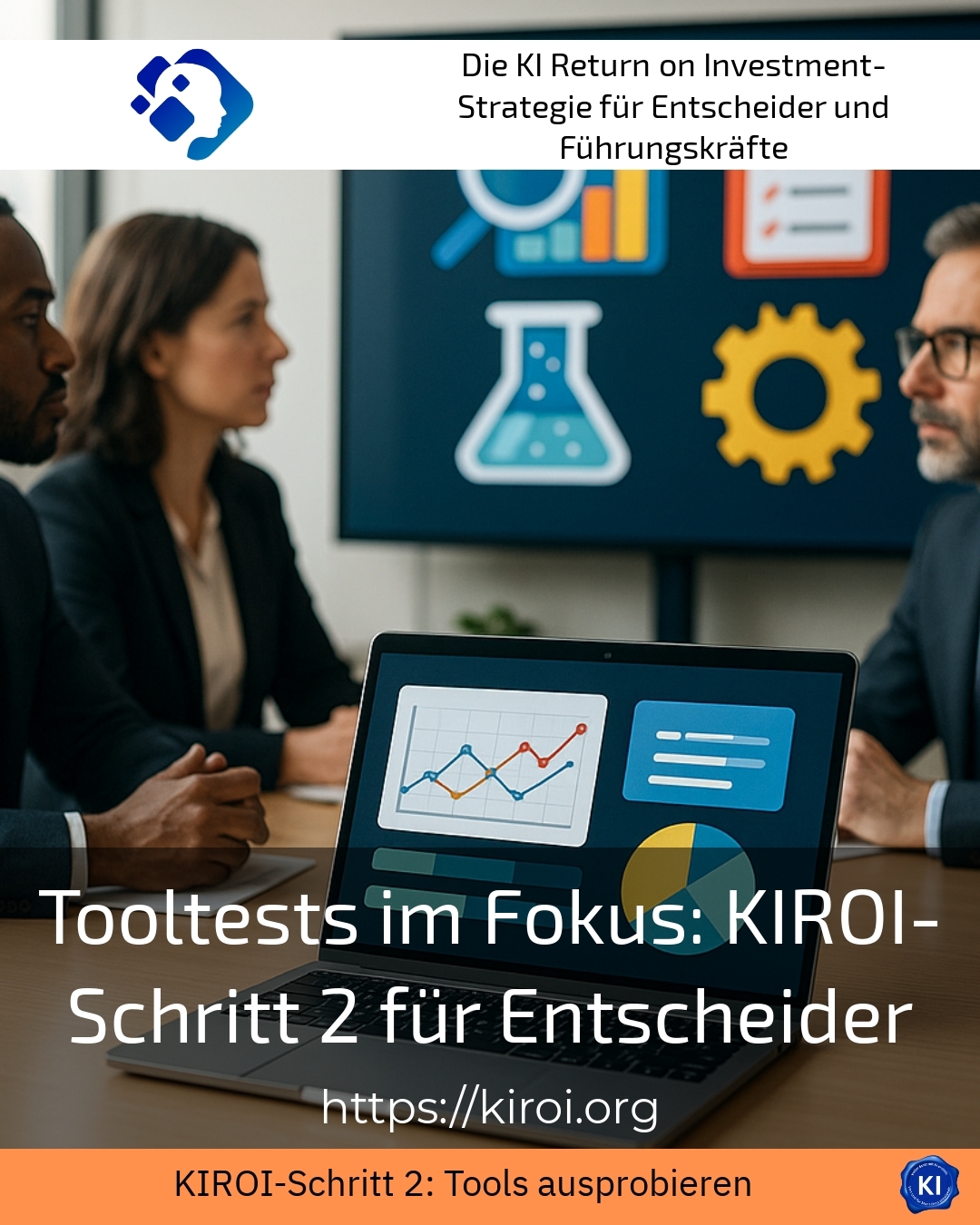At the Tool tests is about finding the right software for specific business requirements. These tests are crucial for evaluating the efficiency of digital tools and making the right decisions for the company. The process begins with the definition of clear criteria based on the objectives of the project. It is important that different departments and end users are involved in the evaluation process at an early stage in order to take different perspectives into account and promote acceptance of the new tools.
Structured procedure for tool tests
A structured approach is crucial to maximising the effectiveness of Tool tests to maximise the value of the project. This starts with defining clear objectives and criteria that meet the project requirements. Decision-makers should ask themselves questions such as: Which functions are essential for our company? What integration options are available? And what costs are associated with the implementation?
Another important aspect is the systematic collection of feedback during the test phase. These findings should be documented transparently in order to be able to assess the strengths, weaknesses and integration effort of the tools. In this way, acceptance of the new tools in the team can be promoted and the investments can be better evaluated.
Practical examples from various industries
In logistics, for example, AI-supported processes support Tool tests, to increase efficiency through precise demand forecasts and route optimisation. Companies report improved utilisation of their resources thanks to more precise planning. In marketing, tools for automating personalised campaigns help to increase reach and respond more specifically to customer needs. The test phase provides valuable information on which software solutions react flexibly to different requirements.
Benefits in customer service
In customer service, the testing of chatbots enables faster processing of enquiries. Through continuous testing and customisation, the systems can become increasingly accurate and user-friendly. This leads to greater customer satisfaction and improves internal efficiency at the same time.
BEST PRACTICE with one customer (name hidden due to NDA contract) was the implementation of a comprehensive chatbot system to automate enquiries. Through careful Tool tests the company was able to substantially increase the user-friendliness of the system and was significantly above average compared to similar systems.
BEST PRACTICE at a logistics company showed that AI-supported Tool tests the utilisation of the vehicles was significantly improved. This led to a reduction in costs and an increase in efficiency.
BEST PRACTICE with a marketing service provider showed that the structured evaluation of Tool tests personalised campaigns were significantly optimised. The flexibility of the tools enabled the company to react quickly to changing market requirements.
Tool tests as a decision-making aid
Tool tests are crucial for selecting the right software solutions. Through systematic evaluation and clear objectives, the company can ensure that the chosen tools fulfil the specific business requirements. This improves efficiency and makes investments more valuable.
Coaching and support during tool tests help decision-makers to master complex decision-making processes. By integrating a variety of perspectives and systematically documenting feedback, companies can better justify their decisions and successfully implement new technologies.
My analysis
To summarise Tool tests, The results show how crucial a structured approach is when selecting software solutions. By involving different departments and systematically analysing feedback, companies can ensure that the tools fit their needs. This leads to greater efficiency and better investment decisions.
Through coaching and support with Tool tests companies can optimally prepare themselves for the challenges of the digital age and be successful in the long term.
Further links from the text above:
For further information on Tool tests and their implementation in companies, you can visit the following links:
Tool tests for decision-makers: Efficient software selection in KIROI step 2
KIROI step 2: Tool test for decision-makers - analysis and optimal tool selection
For more information and if you have any questions, please contact Contact us or read more blog posts on the topic Artificial intelligence here.















